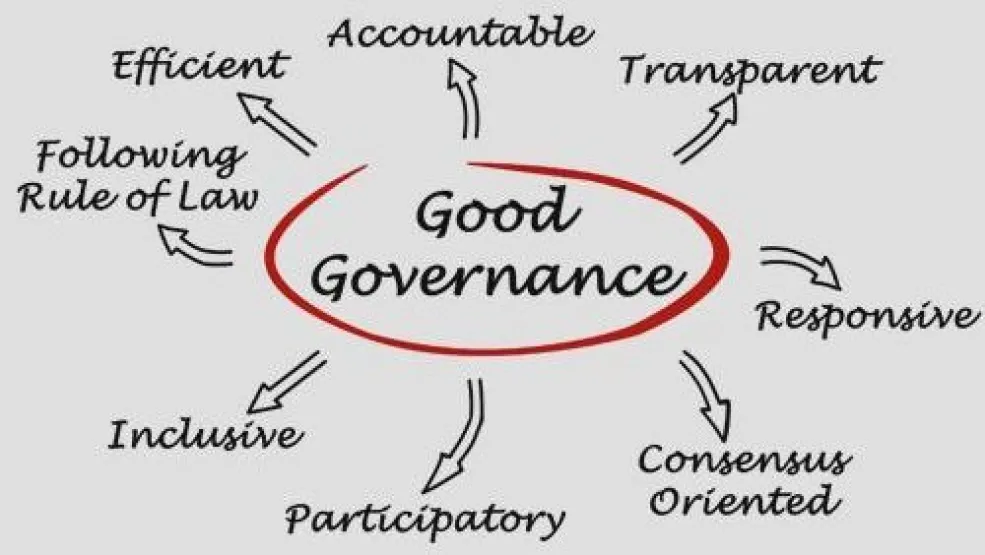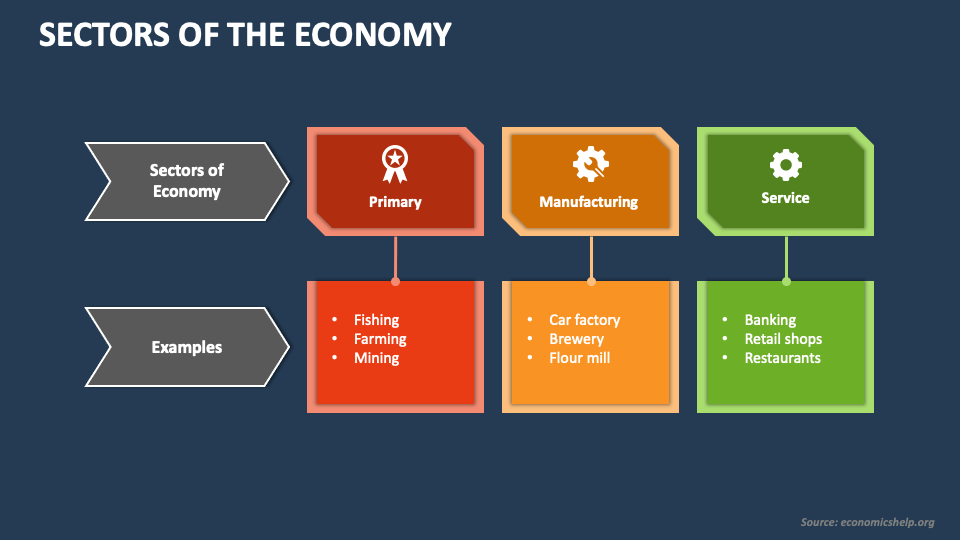Haroon Assad
In our daily lives, we often overlook the numerous small yet critical sources of air pollution that exist within our homes and neighborhoods. While we tend to think of industrial facilities as the main contributors to air quality issues, it turns out that emissions from everyday activities can surpass those from larger industrial sources combined. Common culprits include vehicles, construction machinery, lawn maintenance equipment, dry cleaning processes, backyard fires, and auto-body shops—activities and operations that are integrated into our daily routines, work environments, and local neighborhoods. Each of us, through our individual actions, has the power to make a significant difference in improving air quality.
The Minnesota Pollution Control Agency (MPCA) recognizes the significance of these smaller pollution sources and is committed to addressing them through education, guidance, and incentives. They have developed a variety of programs tailored for businesses, municipalities, nonprofits, and local communities to tackle a range of environmental challenges, with a specific emphasis on maintaining and improving air quality. This is a crucial mission that requires the commitment and active participation of all community members.
One effective strategy for reducing vehicle emissions—one of the prominent sources of air pollution—is to minimize our reliance on cars. In Minnesota, vehicle exhaust contributes substantially to air pollution levels. To combat this, consider alternatives such as carpooling, biking, taking the bus, or telecommuting whenever possible. If electric vehicles are an option for you, they are a cleaner alternative that can significantly reduce your carbon footprint. Reflect on your daily routines and identify ways to decrease fuel consumption.
Proper vehicle maintenance can also play a vital role in minimizing emissions. Address issues like faulty exhaust systems or oxygen sensors promptly, as these can lead to higher pollution output. Regularly checking tire pressure is another simple yet impactful measure; under-inflated tires can diminish fuel efficiency, especially at lower speeds.
Another essential practice is to turn off your engine when it’s not in use. Idling not only wastes fuel but also creates localized pollution hotspots. This is particularly concerning with larger vehicles, like buses and trucks, which produce more harmful exhaust. Schools and childcare centers can benefit from implementing no-idling policies to protect the health of children and staff.
Burning trash poses significant health risks and environmental concerns; in Minnesota, it is largely prohibited. If you still rely on methods such as burn barrels or outdoor incinerators for waste disposal, it’s time to consider alternative options. Contact your local county to arrange for waste removal services to dispose of your trash safely and legally.
When it comes to backyard fires, especially in urban areas where pollution levels are higher, caution is necessary. Smoke from these fires can adversely affect air quality and worsen conditions for individuals with respiratory issues, particularly during stagnant weather when pollution can accumulate. If you decide to have a fire, keep these guidelines in mind:
- Use only dry firewood and ensure your fire is small—ideally three feet in diameter or less.
- Be aware that burning any waste materials, including yard waste, is illegal in many urban settings, like the Twin Cities.
- Avoid lighting any fires during air quality alerts; stay informed by subscribing to alerts about pollution levels.
Planting and nurturing trees is another powerful way to enhance air quality. Trees naturally filter pollutants from the air, absorb carbon dioxide, and release oxygen, contributing to a cooler and cleaner environment. Making an effort to incorporate more trees in our surroundings can significantly enhance the air we breathe.
Switching to electric or hand-powered lawn maintenance equipment is another effective way to reduce air pollution. Gas-powered tools, such as lawnmowers, leaf blowers, and snow blowers, typically do not have sufficient pollution control measures and can emit pollution equivalent to that produced during a 100-mile car trip after only one hour of operation. By opting for electric alternatives or manual tools, we can collectively lessen our impact on air quality.
Additionally, reducing energy usage in our homes can contribute to cleaner air. This not only helps to reduce air pollution but also leads to cost savings and a reduced carbon footprint. This can be achieved by investing in energy-efficient appliances and heating systems, conducting energy audits to identify opportunities for improvement, and ensuring that we turn off electrical devices when they are not in use. Small changes in our daily habits can compound significantly over time.
Becoming an advocate for clean air in your community is also crucial. Engage local businesses, municipal offices, and educational institutions with programs that promote sustainable practices and air quality improvements. Encourage the adoption of initiatives that aim to reduce pollution and increase sustainability.
Local governments can facilitate positive change through programs such as GreenStep Cities, which empowers city and county officials to establish regulations that encourage environmentally friendly behavior, offer incentives, and educate residents on sustainable practices.
For small businesses, the Small Business Environmental Assistance Program provides valuable resources to help them comply with environmental regulations while also minimizing waste and emissions. This program assists these enterprises in navigating compliance obligations and adopting cleaner practices.
Furthermore, the Minnesota GreenCorps program, managed by the MPCA, places AmeriCorps members with organizations statewide to tackle various environmental issues, including air quality. Nonprofits, government entities, and school districts can host members to engage in impactful projects that benefit their communities.
By implementing these strategies and actively participating in local programs, individuals and communities can significantly improve air quality, protect public health, and contribute to a more sustainable environment. Together, as a united community, we have the power to create cleaner, fresher air for ourselves and future generations.

















